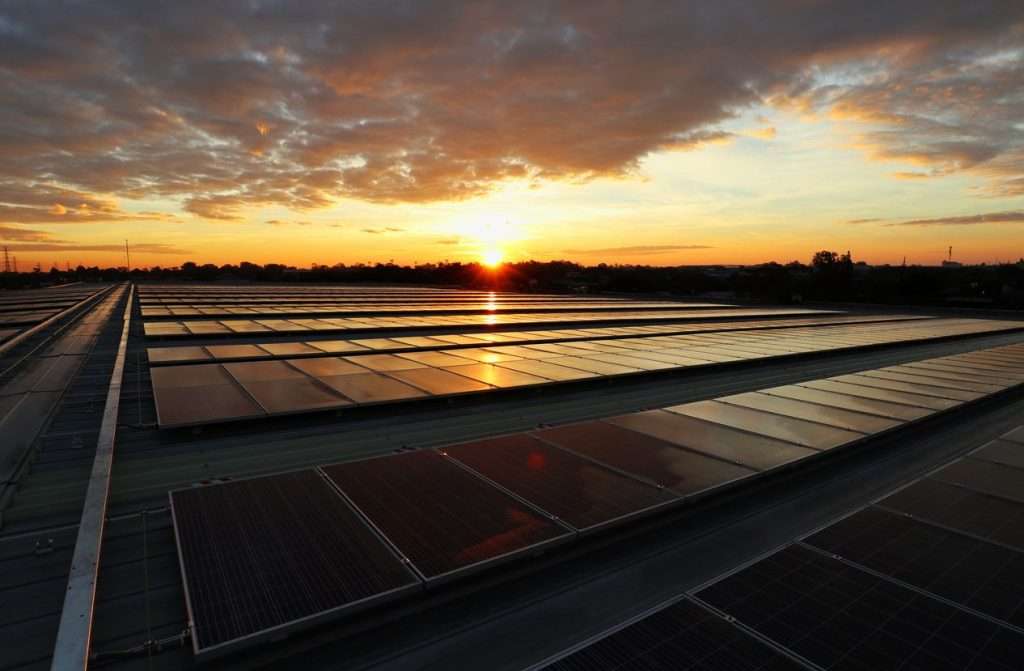How SunPower Transformed a Relic From the Automobile Industry

In the past, we’ve talked about historically significant buildings adding solar panels to their structures in order to operate more efficiently. Some of these structures have included Alcatraz, which installed 959 photovoltaic solar panels and Gloucester Cathedral in England, which installed 150 photovoltaic solar panels.
The Ford Motor Company Assembly Plant in Richmond, California, not only included solar energy into its design, but it transitioned the entire business as well.
History of the Ford Motor Company Assembly Plant
The Ford Motor Company Assembly Plant was built in 1930 during the Great Depression and became the largest assembly plant to be built on the west coast. Architect Albert Kahn designed the plant, which is now known for it’s “daylight factory” design, which extensively used windows in the design of the building to allow sunlight to enter.
In 1942, in the middle of World War II, President Franklin D. Roosevelt ordered that the production of civilian vehicles halt, and instead, manufacturing plants were commissioned to build vehicles and tanks for the war effort. The plant returned to producing Ford automobiles once the war ended and continued production until 1956.
SunPower Moves In
In 1989 there was an earthquake that left the Assembly Plant severely damaged. However, the City of Richmond ordered that the building be rehabilitated and restored to its original glory. Finally, in 2008, SunPower Corporation moved in to use the historic Ford Motor Company Assembly Plant as their new headquarters for their solar power operation.
As you would expect from one of the leaders in solar technology, the entire roof of the building is coated in solar panels. They were also able to incorporate the “daylight factory” design of the original factory into their current design plans with the many skylights and windows.
Who knew that an automobile factory and a solar power headquarters would require similar features in their buildings? This building is a respectful nod to a historic structure and a symbol of transition for the world of energy. If you have questions about how you can transform your home into an energy-efficient structure contact Energy Concepts for information.
